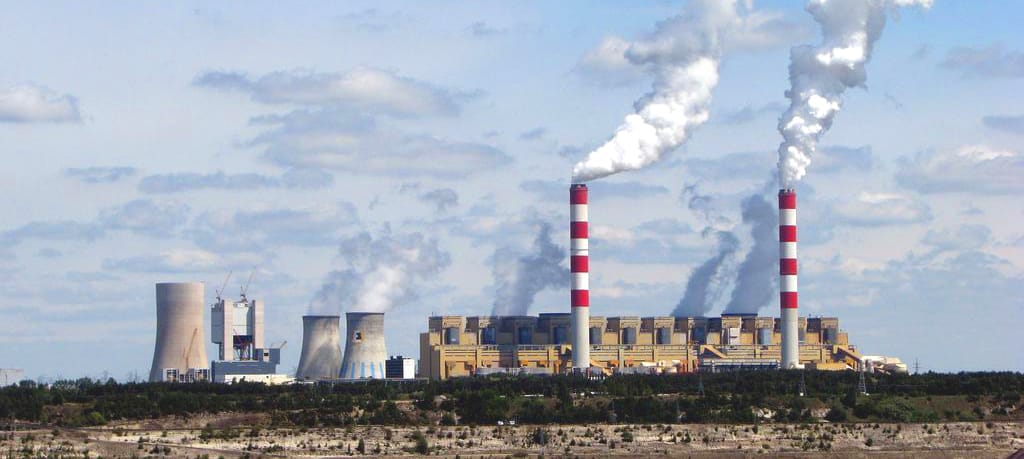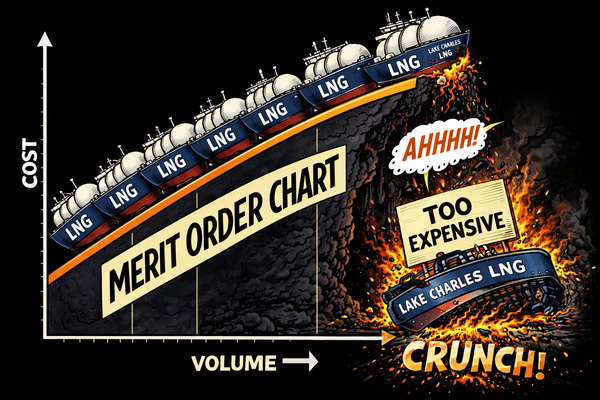Poland’s false sense of energy security
Warsaw can cope without Russian gas, but for how long?


Member discussion: Poland’s false sense of energy security
Read what members are saying. Subscribe to join the conversation.
Warsaw can cope without Russian gas, but for how long?


Read what members are saying. Subscribe to join the conversation.

How natural gas prices dictate the pace of energy transition

PLUS: Tracking the glut, cheap gas and the energy transition, 2025 in review, Chart Deck + TTF Risk Model update

New LNG physical balance index monitors glut conditions in real-time | Chart Deck — 19 Dec 2025

Spread compression intensifies, but TTF is primed to snap back | Chart Deck — 12 Dec 2025